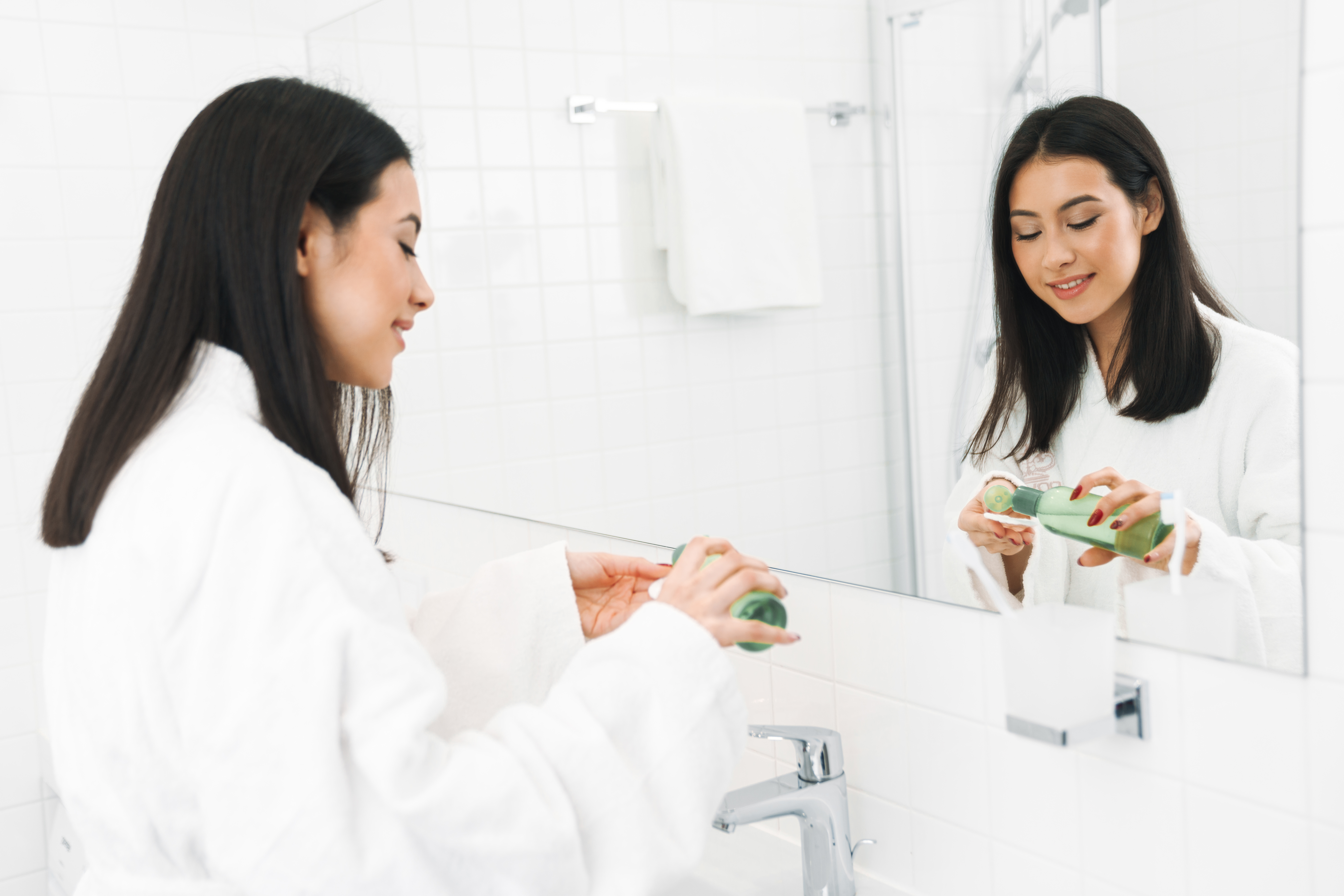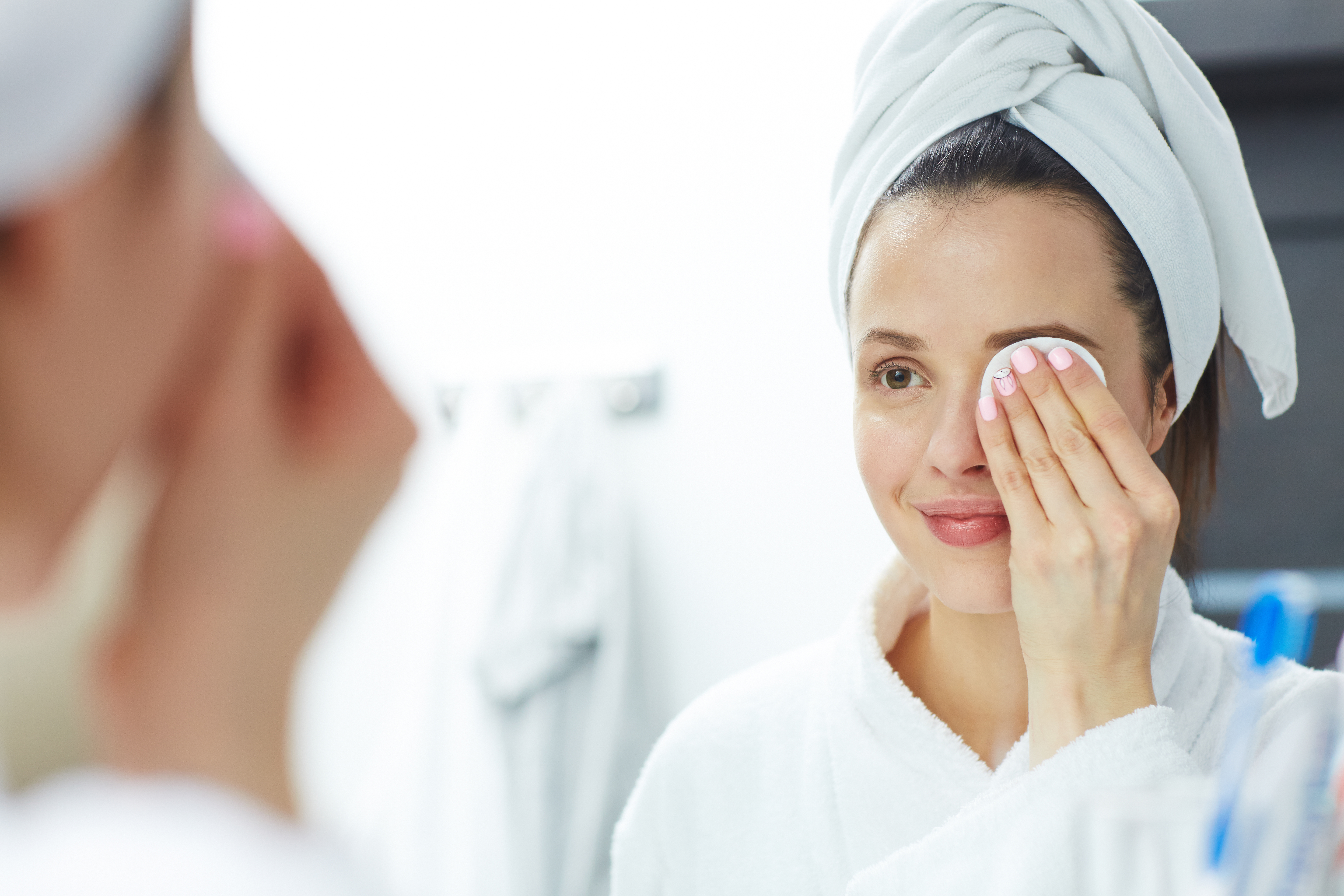Essential Steps for Clearer Eyes: Effectively Treating Blepharitis
Blepharitis, an inflammation of the eyelids, is a common yet often underestimated condition that can significantly affect the quality of life. It presents itself with symptoms like redness, itching, swelling, and crusty eyelids, making even the simplest tasks uncomfortable. While not sight-threatening, its persistent nature can be a nuisance, disrupting daily activities and causing distress. This article aims to explore 11 simple yet effective strategies to transform blepharitis from a bothersome condition into a manageable one, allowing sufferers to regain comfort and confidence. By implementing these strategies, individuals can soothe their eyes effortlessly and enjoy a life free from the constant irritation blepharitis brings.
1. The Role of Hygiene in Management

Maintaining proper eyelid hygiene is a cornerstone in managing blepharitis. Regular cleaning helps remove debris, bacteria, and oil buildup, reducing inflammation and discomfort. A simple daily routine involving warm compresses followed by gentle eyelid scrubs can make a significant difference. Warm compresses help to loosen crusts and unclog blocked glands, while eyelid scrubs remove debris and reduce bacterial load. It's important to use products specifically designed for eyelid hygiene to avoid irritation. By incorporating these practices into daily routines, individuals can prevent exacerbations and maintain healthy eyelids, transforming blepharitis from a persistent issue into a manageable condition.
2. The Power of Warm Compresses

Warm compresses are a simple yet powerful tool in the fight against blepharitis. Applying heat to the eyelids helps to melt the oils trapped in the meibomian glands, promoting better flow and preventing blockages. This not only alleviates symptoms but also addresses one of the root causes of blepharitis. For optimal results, compresses should be applied for 5-10 minutes, two to three times a day. Consistency is key, as regular application helps maintain gland function and prevents recurrence. By integrating warm compresses into their routine, individuals can experience significant relief, turning a chronic nuisance into a manageable condition.
